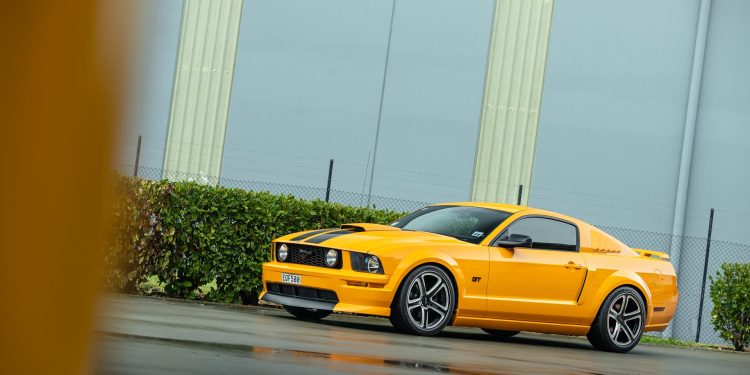2007 Ford Mustang GT
Words: Kyle Cassidy | Photos: Isaac Western
The fifth-generation Ford Mustang mixed the great style of the nameplate’s legacy with modern mechanicals to make a retro special. Here we explore the options for buyers and what to look for.
With a new seventh-generation Ford Mustang arriving soon, you might daydream about putting a horse in the stable. But with the Mustang GT starting at $92,990, it’s no longer the semi-affordable sports car it once was.
The previous sixth-generation (S550) Mustang landed at a more receptive mid-$70k price tag in 2015, with the boosted four-pot version in the low sixties.
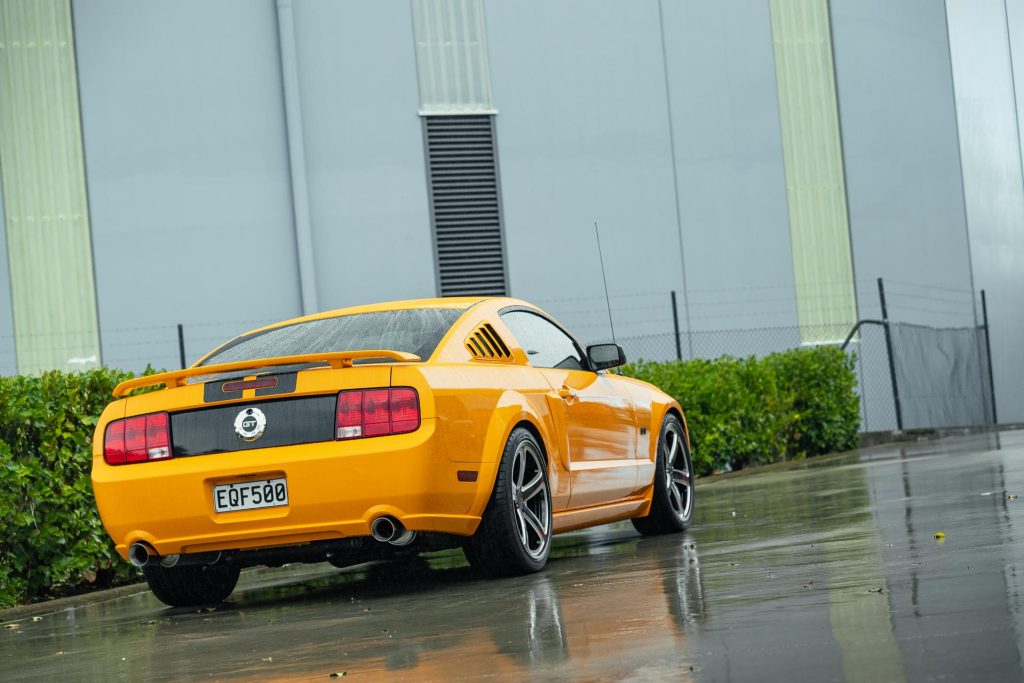
Given the desirability of having the steering wheel on the right hand side of the cabin, the values of the S550 Mustang are holding up, early examples around the $50k mark, and heading north from there.
Meanwhile, the fifth-gen S197 can now be had for as little as $25k, albeit for a high mileage example. There are around 1900 of these S197s in New Zealand, all imported over the years as Ford NZ never sold it new here.
And there’s always a good supply for sale, around 90 Mustangs on TradeMe at present, ranging in price from $25k to $55k for a 2014 GT.
You can pay more too, the specials like the GT500 and Boss still commanding $70k plus.
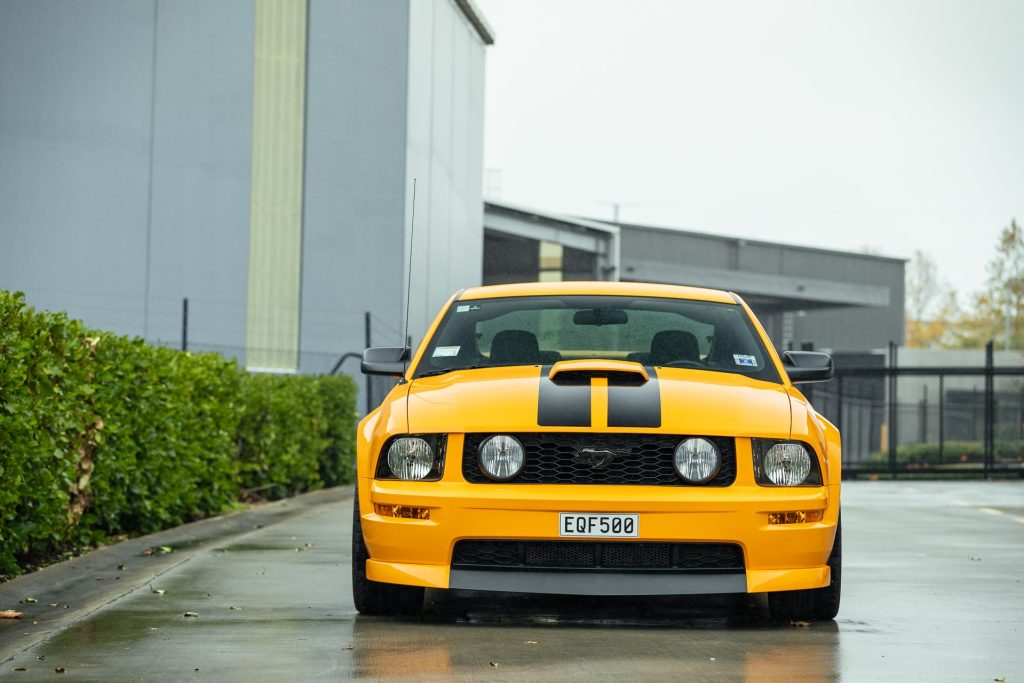
The background
The fifth-generation rolled into the 2004 Detroit motor show. Clothed in ‘retro-futurism’ styling, it attempted to capture the evocative design of the first-generation pony car. It had all the styling elements of the past; the grille, long bonnet, fastback roofline and taillights all incorporated in a modernised silhouette.
Unlike the previous generations, it was a Mustang that looked like a Mustang should.
As we put it from our first test of the convertible back in 2006 “Ford has successfully encapsulated the feel-good shape, look, and appeal of the original Mustang, and injected all the best of modern advancements into the recipe of this new GT”.
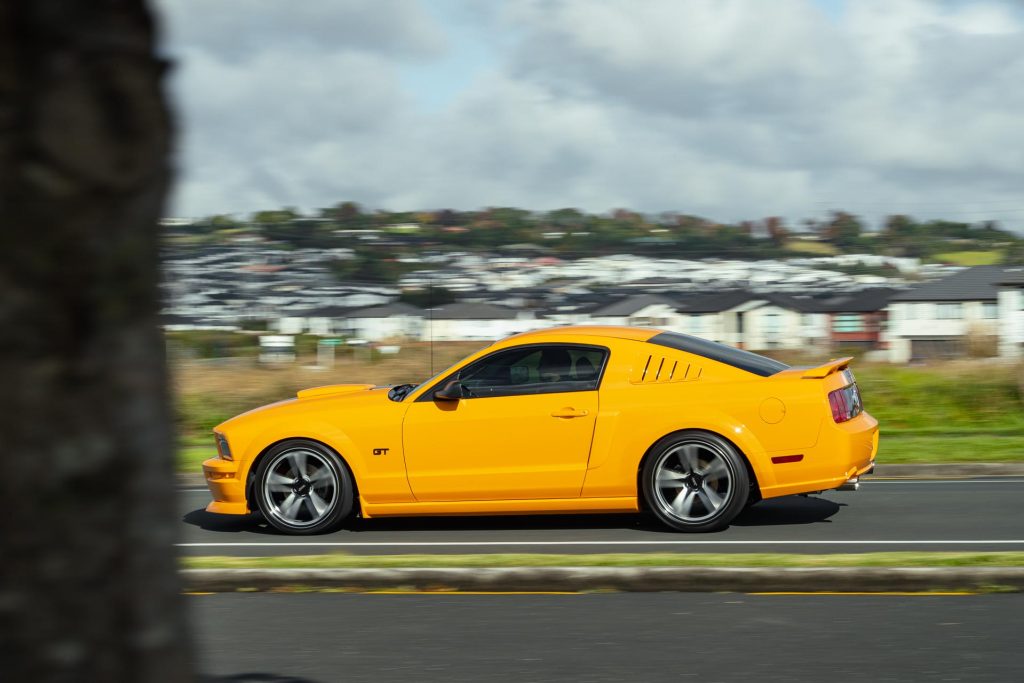
The S197 gained a platform that was new at the time, novel for a Mustang given they had previously been spun off an existing chassis to save money. It was shared with the likes of the Lincoln LS and Jaguar S-Type.
However, Ford did cut costs by equipping the Mustang with a solid rear axle. That, they said, was part of the Mustang’s DNA, and preferred by drag racers in an attempt to deflect the criticism of such penny pinching.
This three-link configuration with a panhard rod and sway bar worked as intended however.
When NZ Autocar tested a Fastback GT in ’05 we noted “It’s oh so easy to reel off these performance numbers, the live rear squatting under the power but hooking up sweetly while the auto handles the torque efficiently and quickly”. It turned in a 0-100km/h time of 5.9sec, if you’re wondering.
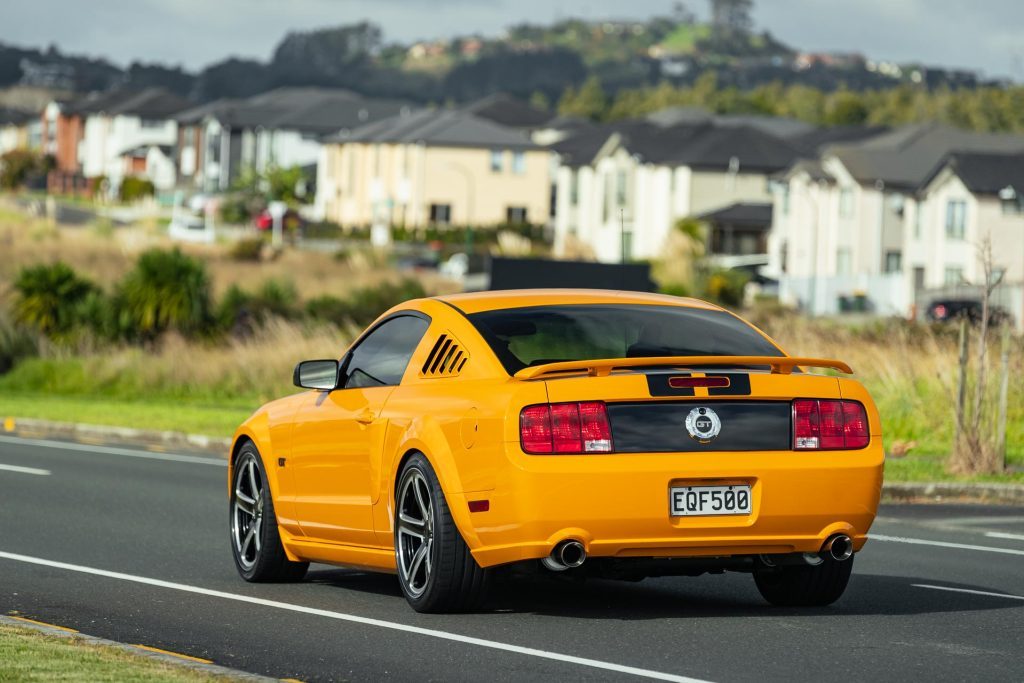
The first of the S197s ran from 2005 to 2010, the base car with the 157kW 4.0 V6 but you’ll be more interested in the GT. That gained an alloy block 4.6-litre OHC three-valver, the so-called Modular V8.
Complete with variable camshaft timing it produced 224kW at 5750rpm, and peak twist of 434Nm at 4500rpm. Ford’s 5R55S five-speed auto shifted the gears in the GT while the three-pedal version used a Tremec TR-3650, also with five gears.
In 2010 came a revised exterior design and a few more herbs for the 4.6 V8 (235kW), along with improved suspension. A year later, the 5.0 returned for the Mustang, the Coyote with 307kW and 530Nm.
New transmissions helped the cause with a ZF-sourced six-speed auto and a new Tremec six-speed manual.
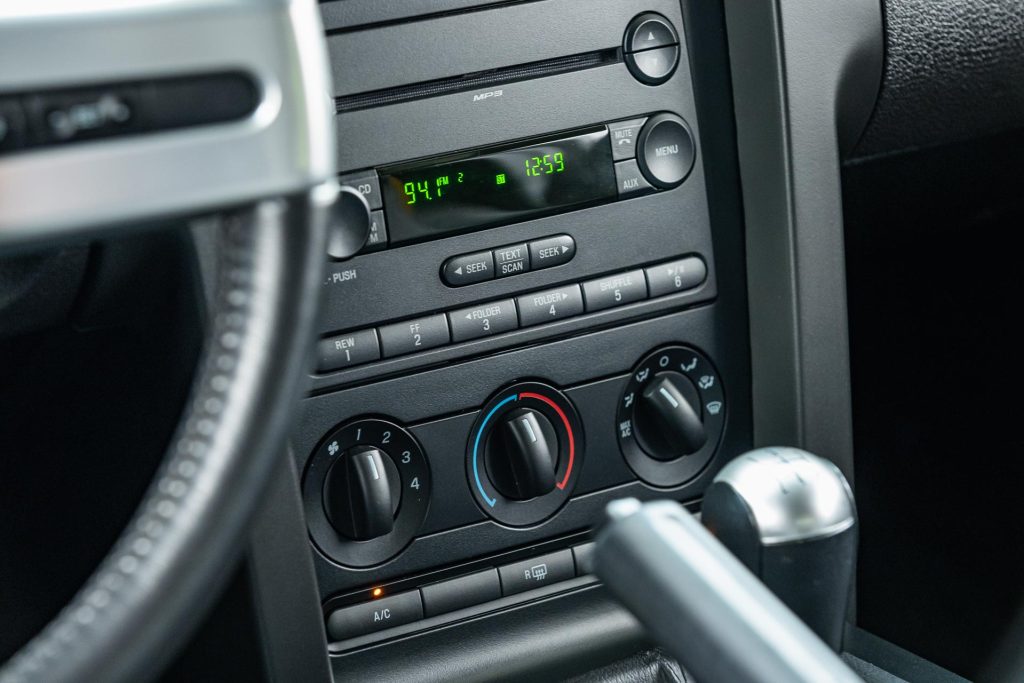
Two careful owners
The owner of this grabber orange 2007 GT, Steve Cropp, wasn’t initially after a Mustang when he bought it back in 2019. He was on his way to buy a C6 Corvette but when that didn’t quite check out he spotted a pristine condition GT sitting in the Ford dealership in Paeroa.
“I wanted something that was absolutely mint, otherwise I wasn’t interested. This had only done 9000 miles and it was owned by Kevin Pascoe of Pascoe Ford.
He had imported it new from the US. He told me it had never been on a wet road. It’s just immaculate; the paint’s the same condition underneath as it is on top.”
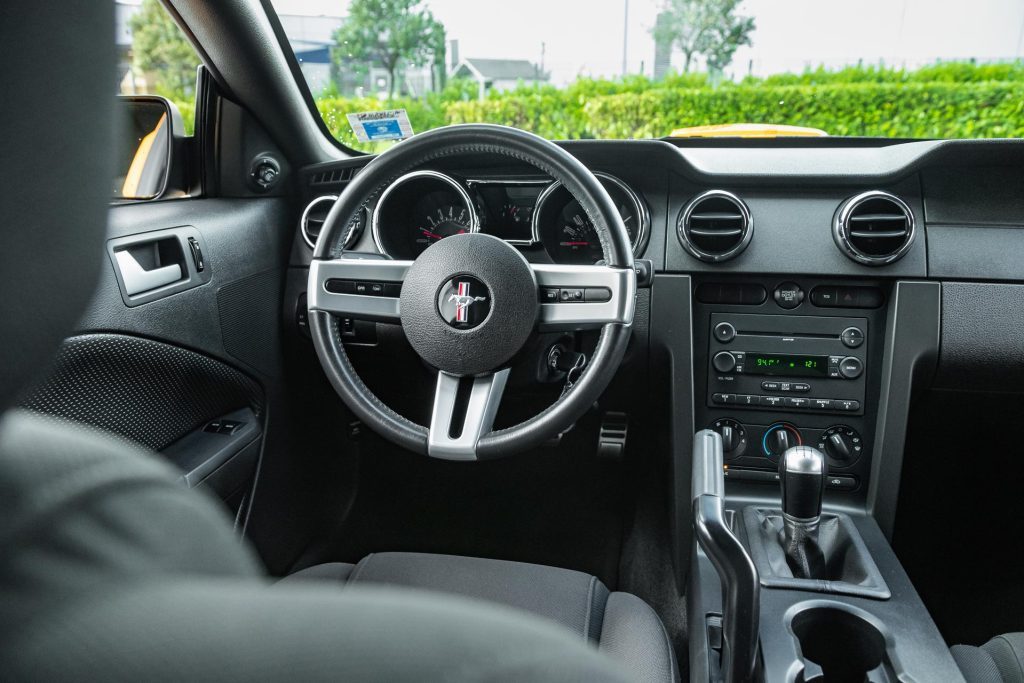
It’s claimed that the Mustang is the world’s most modified car due to the extent of aftermarket parts you can buy, most being simple swap jobs.
When Steve bought his GT, it was sitting up high at its factory ride height with its five-spoke alloys. His first task was to set the ride height right with a two and a half inch drop. The GT originally rolled on either 17- or 18-inch wheels, the aspect ratio of the tyre high to mimic the 60’s look.
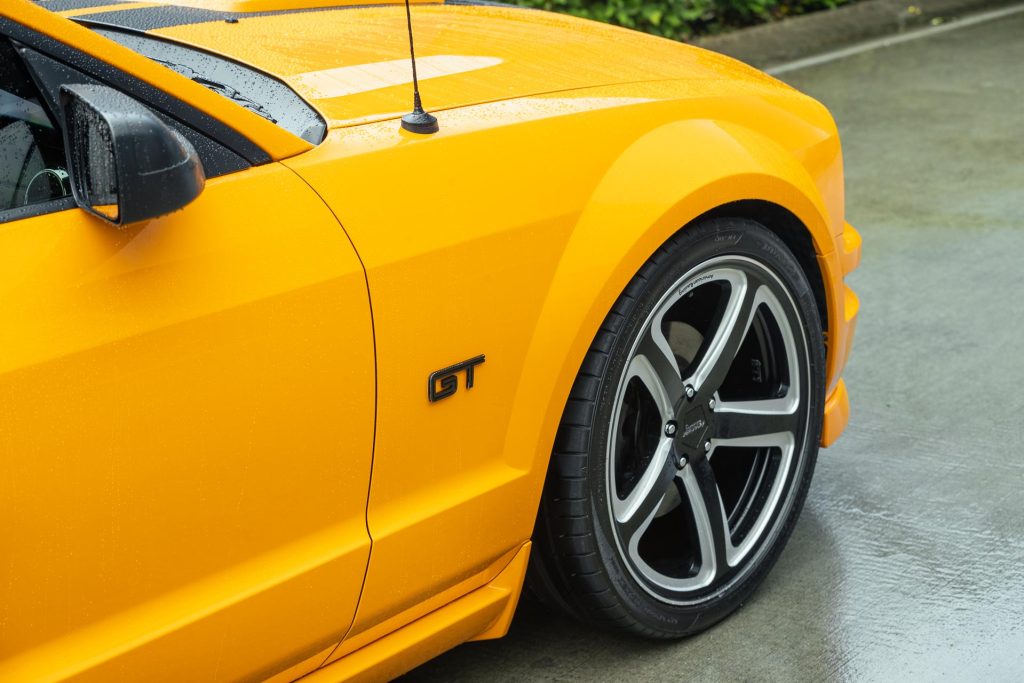
But the S197 takes well to being dropped on more modern rolling stock, the result here looking the part. The other must-do is an exhaust upgrade to liberate the eight’s rumble. Here, a set of cat-back pipes do the job well, all without the drone.
It’s a weekend cruiser for Steve, who is a part-time resident of Whangamata which is where the car spends most of its life. “It gets me out of the house on the weekends. I polish it a fair bit; Meguiar’s must love me!”
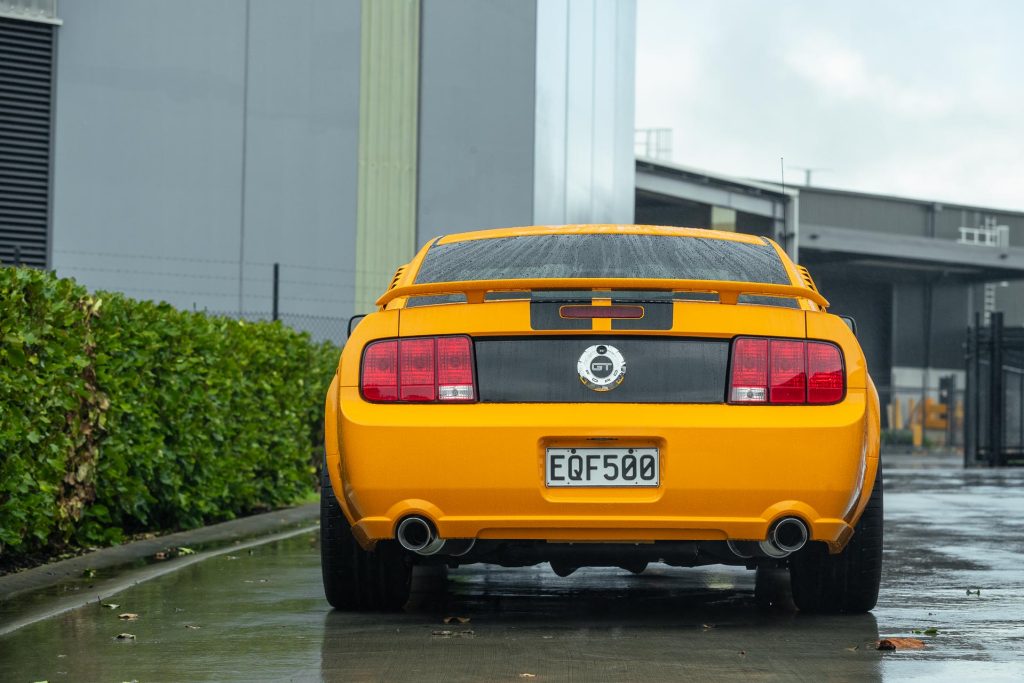
Cosmetic upgrades are popular and plentiful as well. You can add a full body kit or mix and match bits with a huge number of front and rear spoilers, trim pieces for the grille, light treatments and hood accessories, including the shaker scoop.
And don’t forget the stripes. Here, Steve has added the quarter window louvres, bonnet stripes and air dam.
While he dropped the ride height, you can do so much more. There are air ride kits available, caster and camber plates, coilover set-ups and replacement control arms, Panhard rods, and roll bars.
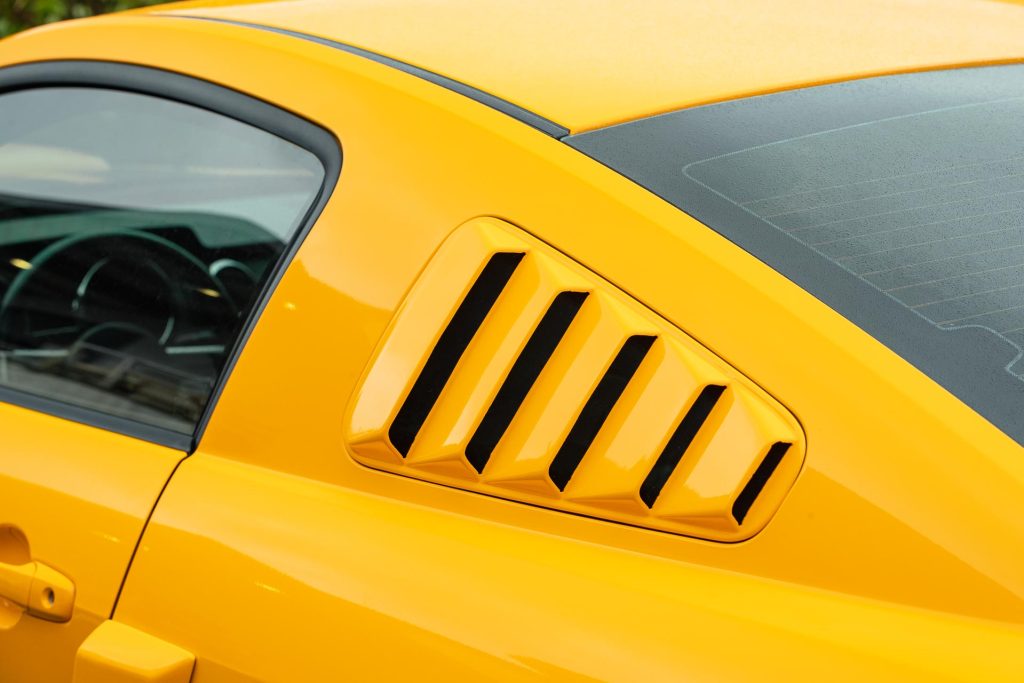
The S197 is a popular club racer in the US, with many suspension kits available if you have the circuit in mind. Or if you prefer drag racing, more links to ‘stop the hop’ coming off the line.
Under the bonnet, an induction kit helps this GT breathe better, and a good tune to match the air flow in and out is essential.
Yes, there are supercharger options too, but best to pony up for the GT500 version; blown from the factory is always best.
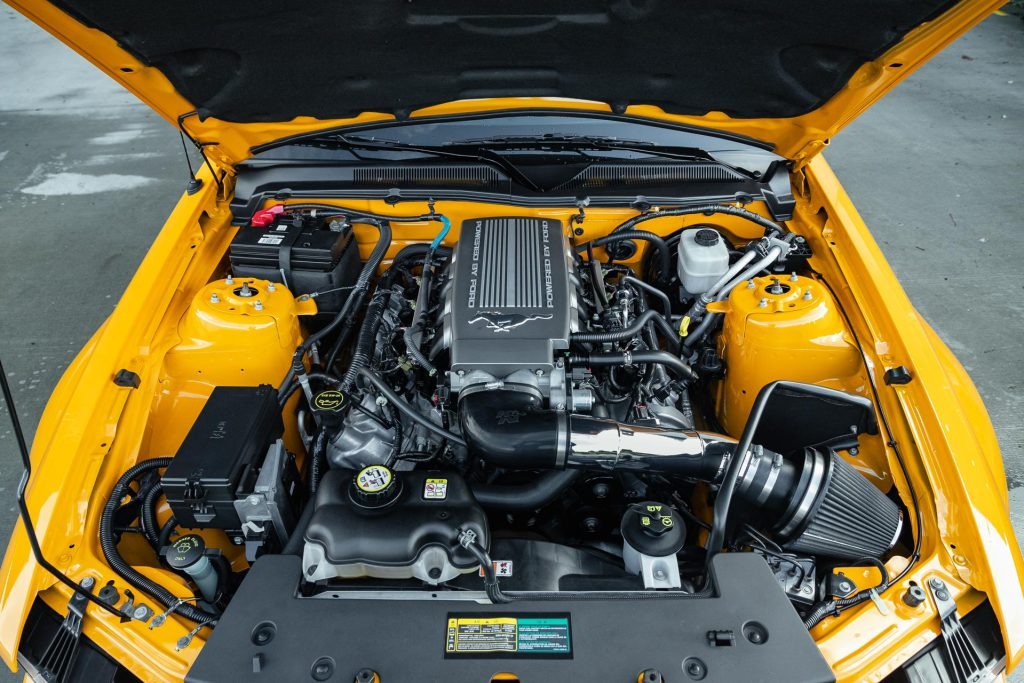
The 500 was first introduced in 2007, Ford’s SVT division utilising a supercharged 5.4-litre DOHC V8 to churn out 373kW and 651Nm of torque at 4500rpm. The final 2014 version of the 500 was making a serious 494kW.
What to look for
Given the S197 is still a modern machine, you’ll be spending more time driving and less time fixing broken and worn out bits. As mileage creeps up though, problems will appear.
The 4.6 is regarded as a durable engine, but you’ll eventually be looking at replacing timing chains, camshaft timing solenoids and oil pumps on older, well used examples. Sensors fail as they age, as do coil packs and alternators.
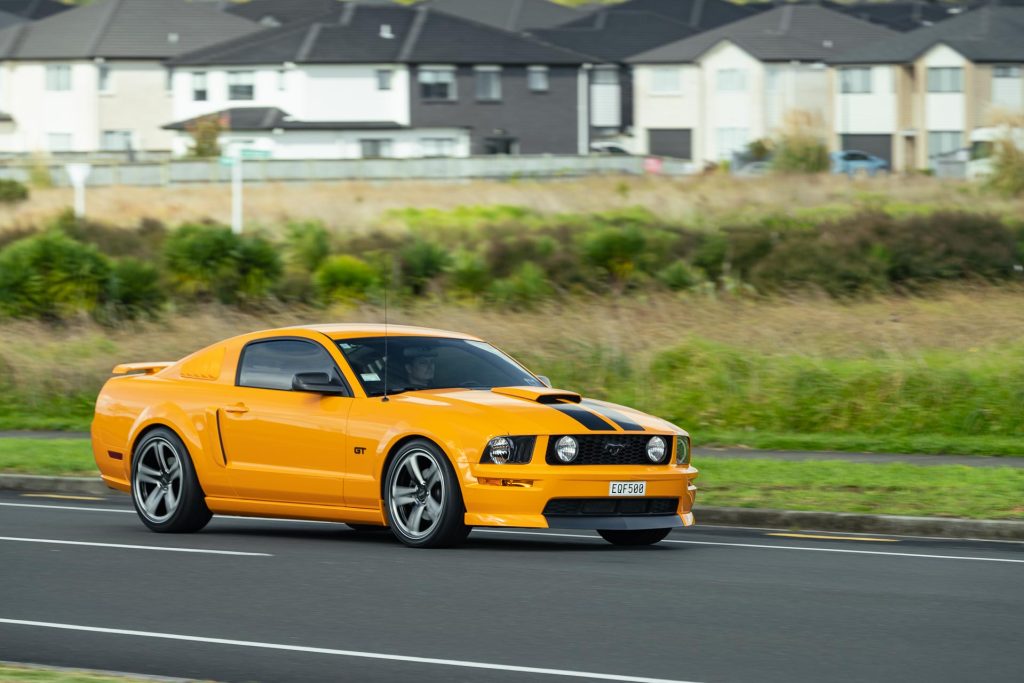
Low mileage cars might not have had the original two-piece spark plugs changed. These can apparently snap when changing them without the right knowledge/tools.
Don’t be tempted by the V6, it’s a dog with catastrophic timing chain, harmonic balancer and thermostat failures.
All S197s seem to develop axle oil leaks from the pinion seal. The five-speed auto is a robust unit, rated to handle more torque than the V8 makes, and lasts well. It shifts smartly and has modern lock-up strategies to take the slushiness out of the equation.
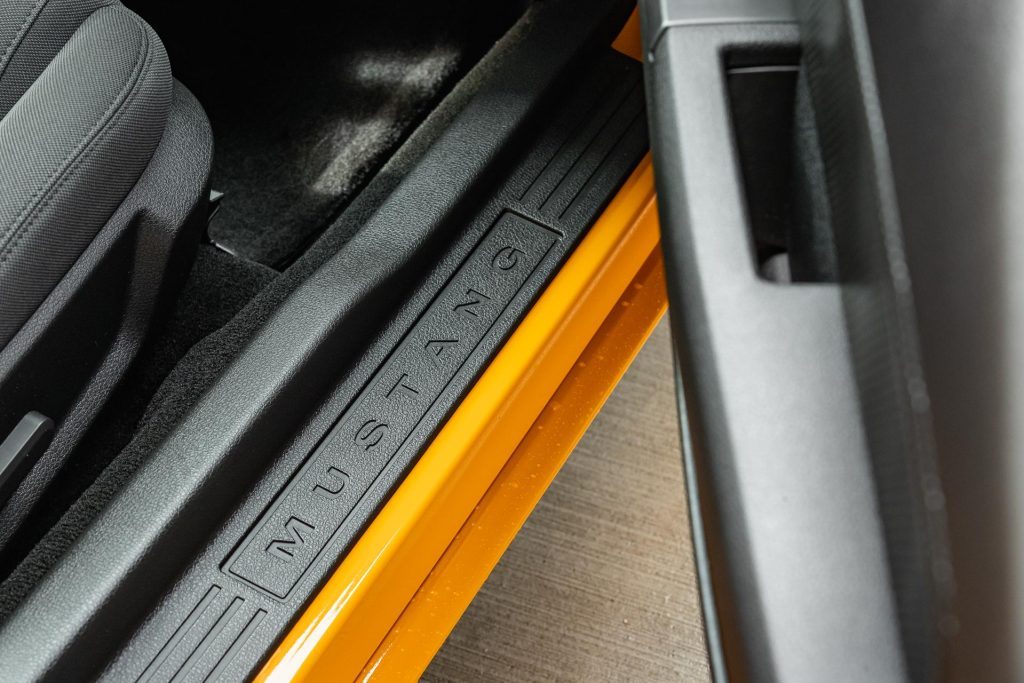
While the newer facelift cars experience fewer issues, the Getrag MT82 six-speed manual transmission has been known to cause grief with prematurely worn synchros and hard-to-engage gears.
The not-so-great aspect of the S197 is the plastic interior. Squeaks and rattles come with age but it’s pretty robust, save for the door panels; the adhesive gives out and the material peels off.
The frameless doors are another retro-cool aspect but the seals need to be good. Otherwise water will make its way into the passenger footwell where an electronic board lives.
Early convertibles can suffer chassis flex/cowl shake as they get older. Ford added more chassis strengtheners in the 2010 update, which can be retrofitted to older models too.
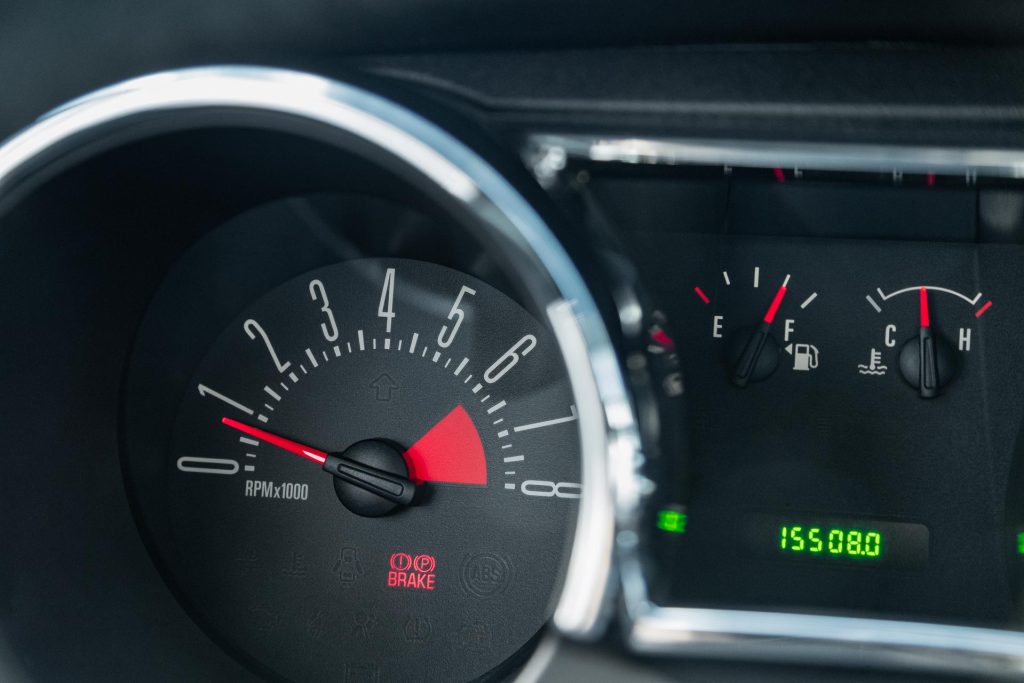
So should you saddle up?
Quoting again from our test of the ‘06 convertible GT, we noted “Behind the wheel, it has all the attributes you desire.
Its nicely weighted, modern rack-and-pinion steering gives a healthy dose of road feel, and the stonking performance is backed up by good, strong, reliable brakes with a progressive motion to the pedal.
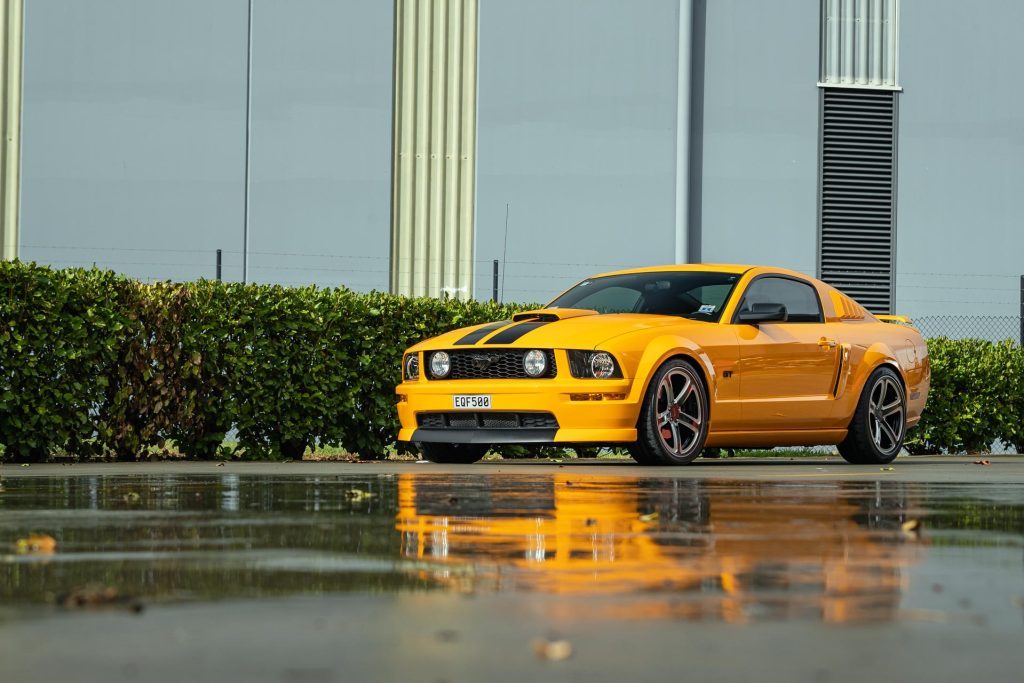
While the handling excels at straight-line cruising, the suspension can cope with a decent strop through the twisties thanks to the compliant nature of the damping and action of the roll bars.
With its softer set-up, the convertible isn’t quite as sharp as the hard-top but is still more than passable”.
This story first appeared in the June 2024 issue of NZ Autocar magazine.


